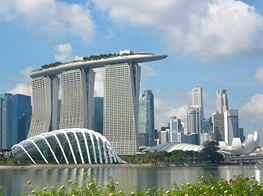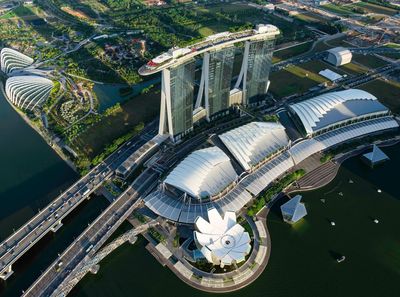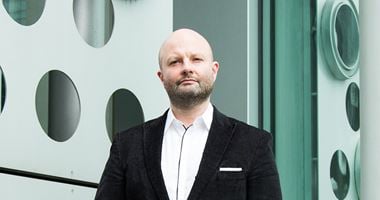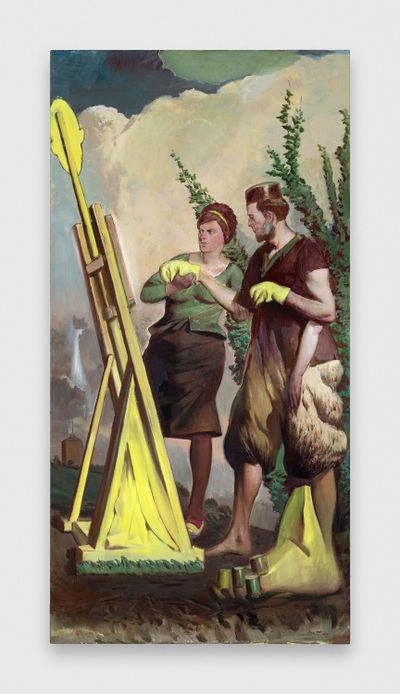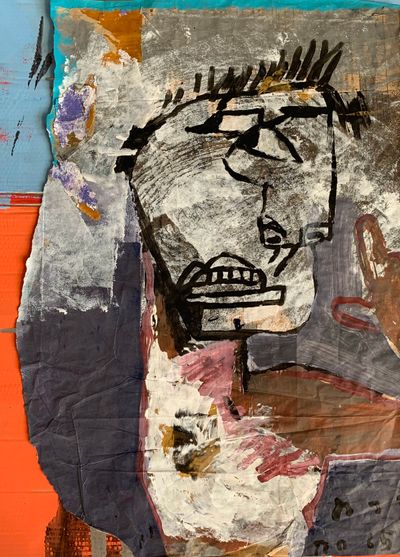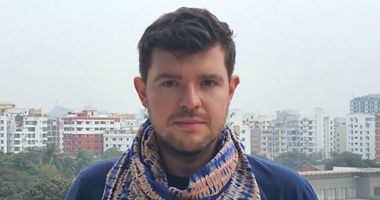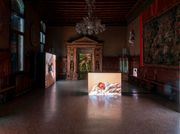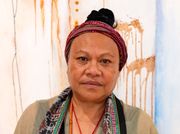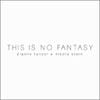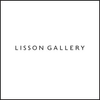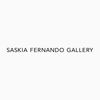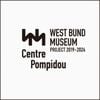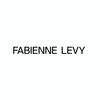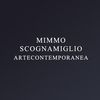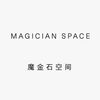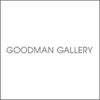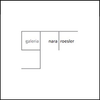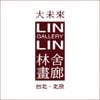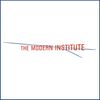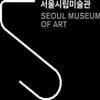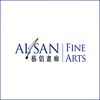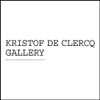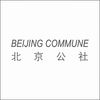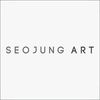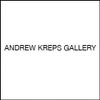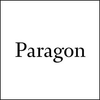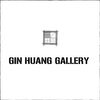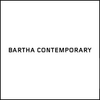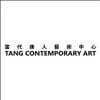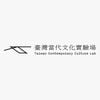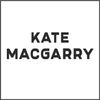Magnus Renfrew and Shuyin Yang: Launching ART SG
In Partnership with ART SG
ART SG Co-Founder Magnus Renfrew and Fair Director Shuyin Yang. Courtesy ART SG.
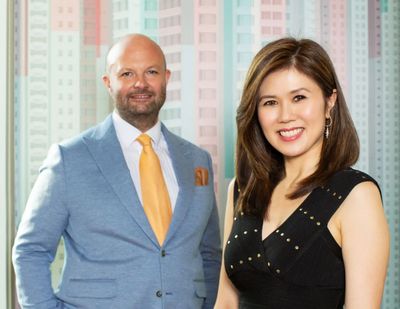
ART SG Co-Founder Magnus Renfrew and Fair Director Shuyin Yang. Courtesy ART SG.
ART SG is being billed as Southeast Asia's biggest fair launch ever. Over 160 galleries will exhibit on two full floors of the Marina Bay Sands Expo and Convention Centre from 12–15 January.
It's an ambitious way to start, but the fair is backed by an experienced team with a proven track record.
Magnus Renfrew is one of the co-founders of The Art Assembly, which will present ART SG and five other art fairs in 2023 — Taipei Dangdai, India Art Fair, Sydney Contemporary, PHOTOFAIRS Shanghai, and Tokyo Gendai. He was the founding director of Art HK in 2008 and served as founding director of Art Basel in Hong Kong when MCH Group bought out Art HK in 2013.
Fair Director Shuyin Yang served as director for another Hong Kong fair, Art Central.
They shared highlights of the inaugural edition of Art SG and their vision for a 'hub fair' that will help grow the art market across the Indo-Pacific region.
SGHow are you positioning ART SG?
MRWe really have to look at the natural attributes of the particular location, and I think Singapore's defining attribute is its role as a hub for Southeast Asia that can attract collectors from right across the different constituencies within Southeast Asia. In addition to Southeast Asia, it's a little bit of India, a little bit of Australia, and the rest of Asia. Singapore couldn't lay claim to being the capital of the Asia Pacific, but there's a different inflection point, the Indo-Pacific, in which it has greater relevance, and it's home to some of the fastest growing economies in the world.
SGSoutheast Asia encompasses very diverse countries, cultures, languages, and art scenes, from Myanmar and Thailand to the Philippines and Indonesia. Which countries are most important to the fair's success, in terms of artists and collectors?
MRSoutheast Asia has incredible cultural production right across the region, so we're keen to make sure we have a strong representation of artists from as broad a cultural background as possible. In terms of collectors, historically Indonesia and the Philippines have been the strongest, but Thailand is becoming more and more important, as is Vietnam. And I think over the coming years we're going to see many of the different countries around Southeast Asia strengthen in terms of their collector bases.
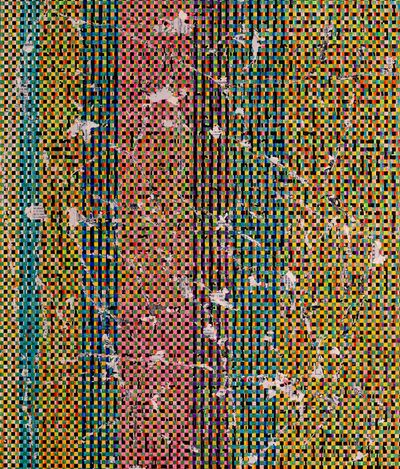
What can a fair like ART SG do to help stimulate the art industry in those countries?
MRThe major contribution is by having a world class fair on their doorstep that's dedicated to building those audiences and a transparent and rigorous application process that encourages best practice through competition for places. That can really help to show the importance of representing the practice of artists, not just selling objects. Having that qualitatively determined lineup of galleries also reduces the intimidation factor for collectors.
SGGalleries attending the inaugural ART SG include mega galleries such as Gagosian, Pace, and Perrotin, as well as regional heavyweights such as Pearl Lam, Yavuz, and ShanghART. Shuyin, who are some of the upcoming galleries you're excited to have participate?
SYIt's a real challenge to identify only two or three, however Yeo Workshop (Singapore) will be showcasing a solid curation of experimental work from across Southeast Asia curated by former Singapore Art Museum curator Louis Ho. I'm also intrigued to see the cross-disciplinary presentation from Tropical Futures Institute (Cebu), which will include a gaming installation by Rimbawan Gerilya. And I want to mention the two-person show Simulacra by Warin Lab (Bangkok) in which Indonesian multi-disciplinary artist Arahmaiani and Thai painter Thaiwijit Puengkasemsomboon create a dialogue reflecting on the emergency of environmental destruction while highlighting their localities and the small communities embedded within, who are most at risk.
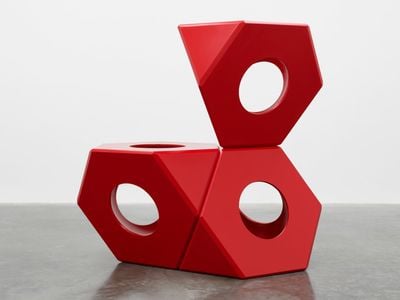
Outside of the gallery booths, what aspects of the programming are you most excited to present in 2023?
SYA significant new curation of Isamu Noguchi's iconic 'Octetra' series will be presented by White Cube. 'Octetra' was conceived in 1968 as a modular, infinitely extensible play system based on the futurist Buckminster Fuller's theories about the basic structures that can be derived from nature. The development of 'Octetra' highlights Noguchi's desire to be not just a sculptor but a shaper of space.
Another exciting work is Kapok by Cambodian artist Sopheap Pich, which will be presented by Tomio Koyama Gallery. Comprised of a repurposed wooden boat redesigned as an installation based on the shape of the kapok fruit, the work uses the artist's idiosyncratic mediums of rattan and bamboo to discuss Southeast Asian rural life, the history of Cambodia, and the artist's relationship to his native region.
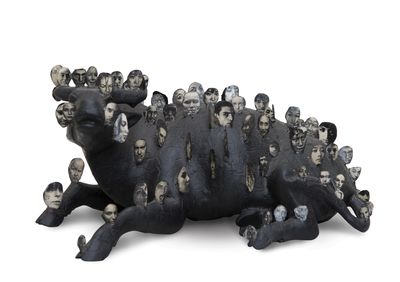
You also have a packed talks programme, including a conversation between Hans Ulrich Obrist and Hiroshi Sugimoto, and a panel discussion featuring The Baer Faxt's Josh Baer. What else should people be aware of?
SYCosmin Costinas, Co-Artistic Director of the 2024 Biennale of Sydney and former Executive Director of Para Site Hong Kong is curating a series of discussions called Reconnecting Southeast Asia and Asia Pacific. Notable speakers include Michael Brand, Director, Art Gallery of New South Wales, Mami Kataoka, Director, Mori Art Museum, Prof. Dr. Apinan Poshyananda, Chief Executive and Artistic Director, Bangkok Art Biennale. Another session, On Finding A Home For Southeast Asian Visual Art And Film is an extension of our film program curated by Gridthiya Gaweewong, who is Artistic Director of the Jim Thompson Art Center in Bangkok.
SGYou organise a lot of art fairs these days, Magnus. What most excites you about this one in particular?
MRIt's going to be one of the first events in the region to bring everybody together since the pandemic, and I think that opportunity to reconnect people and to see old friends and make new ones is going to be one of the most exciting elements. I think also, in some respects, the different communities within Singapore have strengthened over the last couple of years. So there's a lot more people from Indonesia now who are basing themselves there, and there's a huge number of mainland Chinese that have made Singapore their permanent home. These audiences are a little bit siloed at the moment and so it's going to be really interesting to see if the fair can play a role in introducing the different groups who cohabit in Singapore. —[O]

